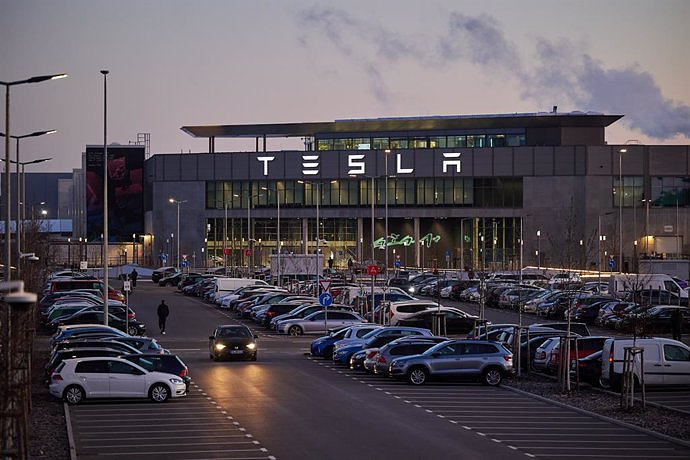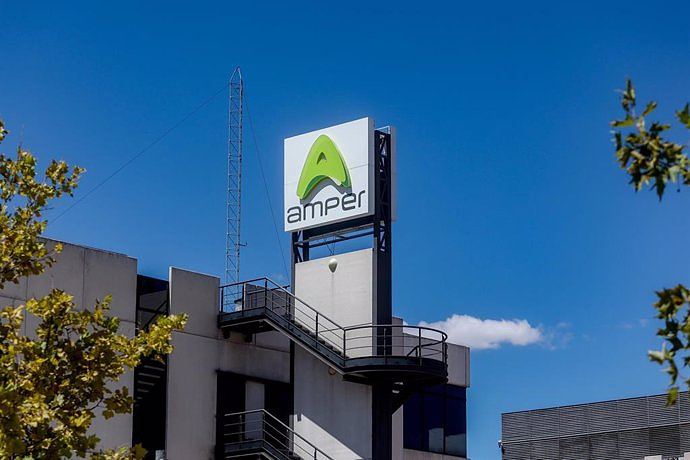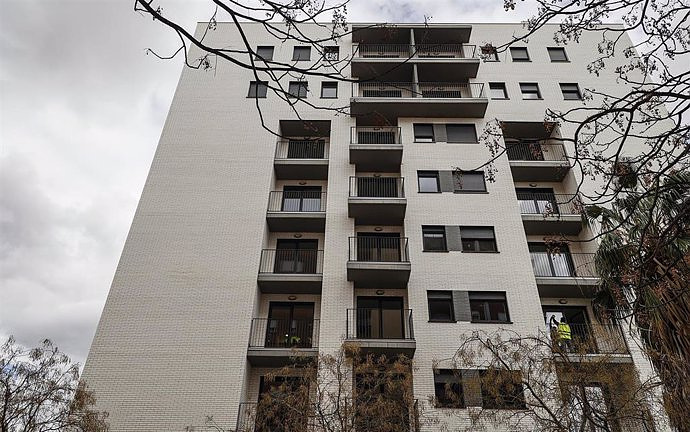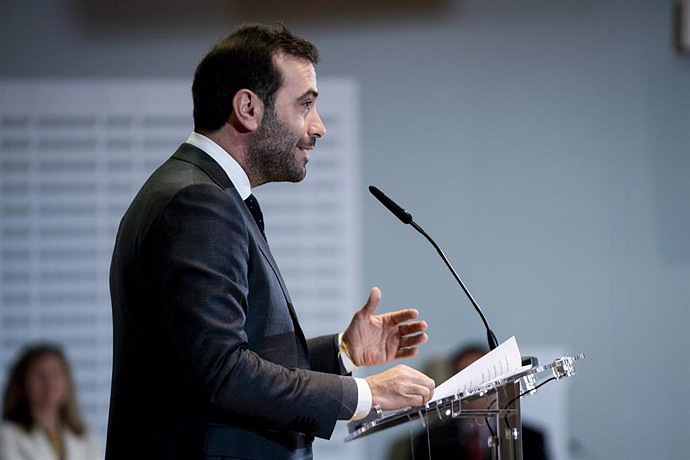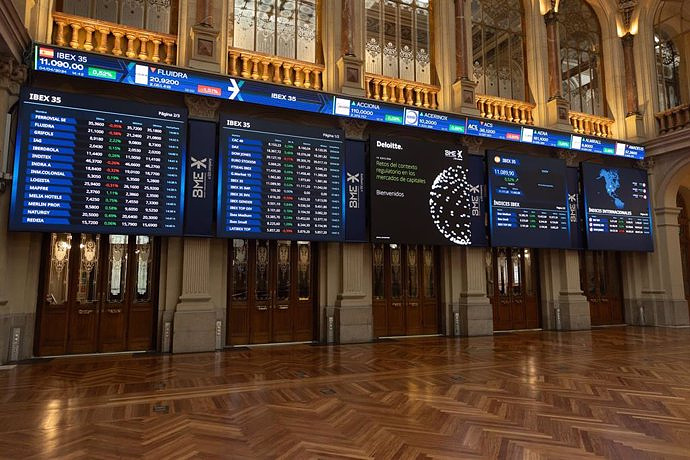in The 19th and 20th of February, 1 500 politicians and experts from all over the world to Stockholm, sweden for the third global ministerial conference on road safety. Sweden is the host and, based on their internationally recognised work of the so-called 'zero vision'.
in the vision zero is a long-term goal is to achieve ”no human being should be killed or seriously injured on the roads”. 'Zero vision', it was decided by the Swedish parliament in 1997, and is the basis for road safety in Sweden. According to the Swedish transport administration shall be the responsibility for road safety is shared between those who design and those who use the transportation system. Crafters has the ultimate responsibility for the security and safety”. Vision zero has been spread all over the world, including in major cities such as New York, Los Angeles and Vancouver. < / span> , of which 396 long, at 220 bar. 402, was killed on the street with a speed limit of 50 kilometres per hour, a 67, on the city streets with a 30 km/hr, and only 2 on the streets and 20 miles per hour. In 2019, was killed 223 people, of whom 86 are vulnerable road users. The number of deaths are historically low. The Swedish civil contingencies agency estimated in 2005 that the socio-economic cost of road traffic accidents in Sweden is sek 21 billion. Worldwide, the WHO estimates that the death amounts to 1.35 million each year in traffic accidents. Trafikvåldet is, globally, the most common cause of death among children and youth (5-29 years of age). Nowadays, being driven at intervals of four children, with a private car, depending on the city and the district, with a doubling in the last two decades or so. The lack of road safety around schools is a major part of the problem.
is Already at 20 km/h), there is a small risk of dying in a car accident. At 50 km/h, the risk is 20 per cent up to 50 per cent of the pedestrians are over the age of 60.
There is a strong correlation between the vehicle speed and the risk of dying in a collision between a vehicle and a pedestrian. The majority of the scientifically-formulated, so-called " riskkurvor or ”krockvåldskurvor” to indicate that the risk of injury and death for pedestrians who are hit by vehicles, significantly increases at vehicle speeds above 30 km/h. Already at 20 km/h), there is a small risk of dying in a car accident. At 50 km/h, the risk is 20 per cent up to 50 per cent of the pedestrians are over the age of 60. < / p>
”Saving lives and beyond by the year 2020”. ". , Which states that the vehicle's speed should be reduced to 30 km/h in urban areas, the [locality]”. The transport department also notes in its report, ”the New krockvåldskurvor...” from 2012, ”a 30 km/h should be the design speed of the sites and areas where vehicles, pedestrians and cyclists are mixed.”
the Lower speed would also reduce air pollution. According to the Swedish environmental research institute Swedish environmental research institute is dying, approximately 7.600 swedes annually due to air pollution, which 22-51 per cent can be attributed to traffic, which is more than ten times the number of lives lost in traffic due to an accident. Children are at risk because their lungs are not fully developed. An urban environment where it is safe, secure, and easy-to-go, and the bike also has a host of other impacts on public health, such as increased physical activity, less obesity, less cardiovascular diseases and less stress and a longer life-span.
That means, that is, there is no sign, it is only 50 km/h, which is the statutory rate. Swedish association of local authorities has, in recent years, the steady increase in the number of 30 areas in the local neighborhoods. By 2016, the government gave mandate to the traffic analysis, to start investigating the possibility of a reduced bashastighet. Traffic analysis came up with its report in October 2017, and is recommended by the trafiksäkerhetsargument down to 40 km/h). After this, the issue has been on the government's table without any decision. Traffic analysis were also said to have a common ground to 30 km/h, which is bashastighet, but rejected that it would mean too big restidsförluster.
We believe that it is both ethically defensible, scientifically-based and politically motivated to reduce the american bashastighet to at least 30 km/h). However, if vision zero is to be taken seriously would be enough for 20 km/h), that is to say, slightly above the normal cykelhastighet in built-up areas, it is the most affordable. Then, the different types of vehicles, cars, elsparkcyklar the bikes to be able to play in the street space. A pedestrian could cross the street without danger or without having to be afraid of dying or is seriously injured. Bashastigheten would particularly be the case in the lokalgator, which account for the majority of the road network.
the main Streets would be the rare exception and are displayed with a 40-or 50-km/h), in order to, for example, public transport, must be able to perform up to a competitive speed.
and , as the main streets for through traffic may, to maintain the current speed, if the municipalities want it. The difference would be that the urban environment as a starting point, it would be considered to be first and foremost a living environment for humans, and then as a transport system for the vehicle.
This is in line with the direction of the trafikpyramiden, with pedestrians and cars at the bottom, which is found in nearly all local traffic. A reduction of the bashastigheten to 40 km/h, it is a step in the right direction, but it is not enough in order to really achieve the 'zero vision', and the goals of sustainable development.
also, Sweden Will be the host of the world's most important trafiksäkerhetskonferens, we can't brag about the zero vision and the sustainability goals we have a deadly and violent bashastighet. To be a pioneer in road safety, which is bashastighet in urban areas up to 30 km/h.
the Link to the graphic

 Exploring Cardano: Inner Workings and Advantages of this Cryptocurrency
Exploring Cardano: Inner Workings and Advantages of this Cryptocurrency Seville.- Economy.- Innova.- STSA inaugurates its new painting and sealing hangar in San Pablo, for 18 million
Seville.- Economy.- Innova.- STSA inaugurates its new painting and sealing hangar in San Pablo, for 18 million Innova.- More than 300 volunteers join the Andalucía Compromiso Digital network in one month to facilitate access to ICT
Innova.- More than 300 volunteers join the Andalucía Compromiso Digital network in one month to facilitate access to ICT Innova.-AMP.- Ayesa acquires 51% of Sadiel, which will create new technological engineering products and expand markets
Innova.-AMP.- Ayesa acquires 51% of Sadiel, which will create new technological engineering products and expand markets Iran closed its nuclear facilities on Sunday after its attack on Israel
Iran closed its nuclear facilities on Sunday after its attack on Israel RELEASE: ELFBAR focuses on the recyclability of vaping with continuous dedication
RELEASE: ELFBAR focuses on the recyclability of vaping with continuous dedication STATEMENT: IDB Invest meets with investors to present its new business model and capital increase
STATEMENT: IDB Invest meets with investors to present its new business model and capital increase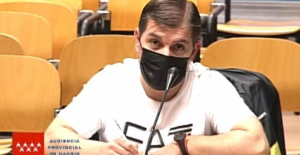 The 'King of Cachopo' admits for the first time from prison that he killed his partner and asks for forgiveness
The 'King of Cachopo' admits for the first time from prison that he killed his partner and asks for forgiveness How Blockchain in being used to shape the future
How Blockchain in being used to shape the future Not just BTC and ETH: Here Are Some More Interesting Coins Worth Focusing on
Not just BTC and ETH: Here Are Some More Interesting Coins Worth Focusing on A team of UPV and iPRONICS manufactures the first programmable and multifunctional photonic chip on the market
A team of UPV and iPRONICS manufactures the first programmable and multifunctional photonic chip on the market 'Science and Reeds' returns with talks about "the mystery of the lost socks" or the vinegar fly
'Science and Reeds' returns with talks about "the mystery of the lost socks" or the vinegar fly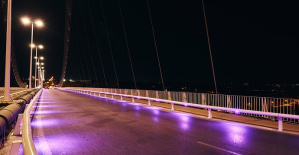 They develop smart infrastructure to improve road safety
They develop smart infrastructure to improve road safety They develop a new computer tool to investigate the complexity of the genome
They develop a new computer tool to investigate the complexity of the genome A million people demonstrate in France against Macron's pension reform
A million people demonstrate in France against Macron's pension reform Russia launches several missiles against "critical infrastructure" in the city of Zaporizhia
Russia launches several missiles against "critical infrastructure" in the city of Zaporizhia A "procession" remembers the dead of the Calabria shipwreck as bodies continue to wash up on the shore
A "procession" remembers the dead of the Calabria shipwreck as bodies continue to wash up on the shore Prison sentences handed down for three prominent Hong Kong pro-democracy activists
Prison sentences handed down for three prominent Hong Kong pro-democracy activists ETH continues to leave trading platforms, Ethereum balance on exchanges lowest in 3 years
ETH continues to leave trading platforms, Ethereum balance on exchanges lowest in 3 years Investors invest $450 million in Consensys, Ethereum incubator now valued at $7 billion
Investors invest $450 million in Consensys, Ethereum incubator now valued at $7 billion Alchemy Integrates Ethereum L2 Product Starknet to Enhance Web3 Scalability at a Price 100x Lower Than L1 Fees
Alchemy Integrates Ethereum L2 Product Starknet to Enhance Web3 Scalability at a Price 100x Lower Than L1 Fees Mining Report: Bitcoin's Electricity Consumption Declines by 25% in Q1 2022
Mining Report: Bitcoin's Electricity Consumption Declines by 25% in Q1 2022 Oil-to-Bitcoin Mining Firm Crusoe Energy Systems Raised $505 Million
Oil-to-Bitcoin Mining Firm Crusoe Energy Systems Raised $505 Million Microbt reveals the latest Bitcoin mining rigs -- Machines produce up to 126 TH/s with custom 5nm chip design
Microbt reveals the latest Bitcoin mining rigs -- Machines produce up to 126 TH/s with custom 5nm chip design Bitcoin's Mining Difficulty Hits a Lifetime High, With More Than 90% of BTC Supply Issued
Bitcoin's Mining Difficulty Hits a Lifetime High, With More Than 90% of BTC Supply Issued The Biggest Movers are Near, EOS, and RUNE during Friday's Selloff
The Biggest Movers are Near, EOS, and RUNE during Friday's Selloff Global Markets Spooked by a Hawkish Fed and Covid, Stocks and Crypto Gain After Musk Buys Twitter
Global Markets Spooked by a Hawkish Fed and Covid, Stocks and Crypto Gain After Musk Buys Twitter Bitso to offset carbon emissions from the Trading Platform's ERC20, ETH, and BTC Transactions
Bitso to offset carbon emissions from the Trading Platform's ERC20, ETH, and BTC Transactions Draftkings Announces 2022 College Hoops NFT Selection for March Madness
Draftkings Announces 2022 College Hoops NFT Selection for March Madness
